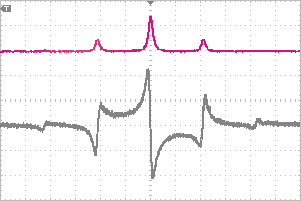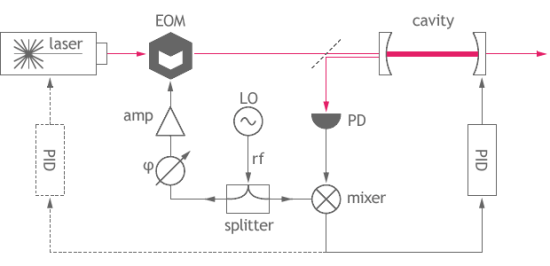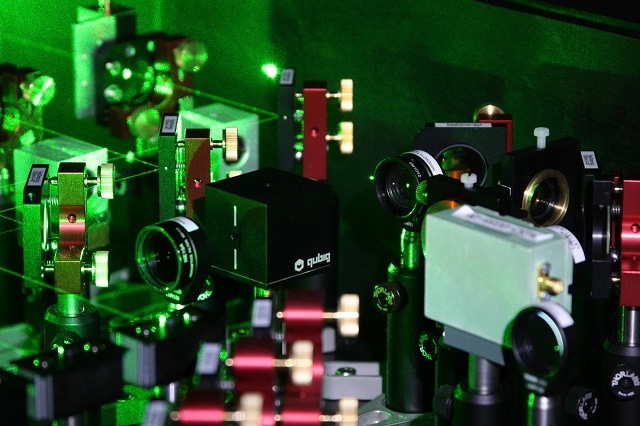The Pound-Drever Hall (PDH) method is a proven method for frequency stabilization of lasers (Figure 1) such as diode lasers, to a reference optical cavity like Fabry-Perot cavity, in a ‘laser lock.’ The laser linewidth is also reduced in this process. Alternatively, an optical cavity length an be actively stabilized to a laser by means of the PDH-lock. This laser has found use in precision distance control, single atom detection and second-harmonic generation.

Figure 1. The PDH Technique is a sophisticated method for frequency stabilization of lasers.
Heterodyne Approach
Being a phase sensitive method, the PDH detects the phase-shift of the reflected light imposed by the optical cavity. A heterodyne approach is used owing to the fact that direct measurement of the phase of an optical frequency is virtually not possible.
Working Principle of PDH Technique
The laser is frequency modulated by an external electro-optic phase modulator (dphi/dt = f), thus producing sidebands on the spectrum, with definite relative phases (+/- 90° relating to the carrier) (Figure 2). This modulation is a pure phase modulation. Since all interferences between carrier and sidebands cancel, beat signals that are detectable by a photodetector are absent despite the presence of several frequency components in the spectrum.

Figure 2. The laser is frequency modulated by an external EOM, thus forming sidebands on the spectrum, with definite relative phases.
Alternatively, a relative phase shift is induced between each sideband and the carrier when light is reflecting off a cavity resonance. This results in a constructive interference, meaning that detectable beat at the modulation frequency f0 with a photodetector that is fast enough. This beat signal is either sine or cosine and can be mixed down with the local oscillator to provide a dc signal with monotonic slope and zero crossing on resonance and monotonic slope.

Figure 3. Credit ESO in use
This lock signal can be utilized in a feedback loop containing a PID controller (Servo) to stabilize the cavity length or the laser frequency to the zero crossing. The typical value of a modulation frequency f0 is well outside the laser noise and cavity linewidth. Basically, there is no upper limit other than the FSR of the cavity. However, the bandwidth of the photodetector and RF circuit imposes a practical limit. The common range of modulation frequencies is 1- 100’s of MHz.
Although a modulation index of ~1 rad, i.e., 25% in each sideband, is selected for optimum signal/noise ratio, much weaker modulation < 0.1% is viable and desired in applications such as SHGF generation due to proportional variation of the beat signal to the geometric average of the intensities in carrier and sideband sqrt(I0*I1).

This information has been sourced, reviewed and adapted from materials provided by Qubig GmbH.
For more information on this source, please visit Qubig GmbH.